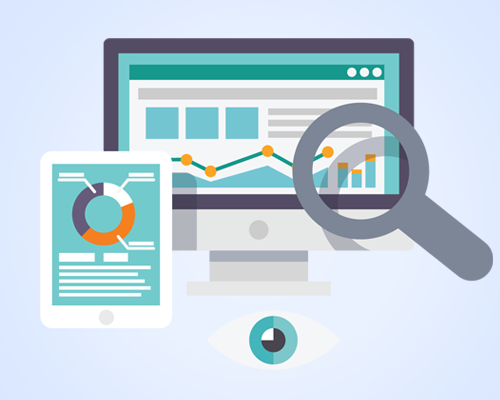KEEP IN TOUCH
Subscribe to our mailing list to get free tips on Data Protection and Cybersecurity updates weekly!







As businesses try to move forward in this sluggish economy it may be time to pull a time honored resource out of the business toolbox– the SWOT Analysis (Strengths, Weaknesses, Opportunities, and Threats). Chances are that you’ve heard of the SWOT Analysis, which is a basic tool that helps a business determine its status today and its steps for tomorrow.
It has been around for decades, but it still proves to be a useful tool for those who know how to use it. If you’ve already done one on your business, or even yourself, it’s time to reexamine your efforts. If you’ve never completed a SWOT Analysis, you better get started. The first step is to take a realistic look at your business to determine its strengths, weaknesses, opportunities and threats.
Strengths and weaknesses- These two areas are from within the company. Answer this question for each strength: How can my business capitalize on the strengths and become even stronger? For each weaknesses, analyze to determine which can be negated or with some effort turned into a new strength of the company.
Opportunities and Threats- These two come from outside the organization. Ask if your business is taking advantage of the opportunities that have been identified or if the opportunities are slipping through the cracks and remaining lost revenue potential. Ask if the threats identified are insurmountable or if they can they be mitigated. Can these areas become new avenues of opportunity if viewed from a different perspective?
Next steps: After identifying the items, review assess and prioritize each. The goal is to take each of the items remaining and use them to improve your business. Once all of this has been collected, categorized and analyzed, it is time to develop an action plan or strategic plan. Take the data you have developed to move forward with your business.
A business assessment tools helps you to achieve your company’s goals, to expand and grow your business in a smart and strategic way.
As the company owner, you have to be aware of the strengths and weaknesses of your company. The output of the assessment tools helps to identify the critical areas of the strategic plan. Taking the first step in this process will put you on a path to running your business more strategically. Think of it as an MRI for your business that compares your business to your competition.
A business assessment tools will help you to:

To make it clear you don’t have to point out everything that’s wrong with your business. You have to look at it as a way to identify opportunities to grow your business. As an entrepreneur you have to make your own SWOT- analysis. But what does SWOT mean? Well, you have to look at your company ’s strengths, weaknesses, opportunities and threats, this is exactly what the business assessment tools does.
A regular business valuation is beneficial to your success as an entrepreneur, knowing what makes your business valuable and desirable to potential buyers can steer you in the right direction and keep your business healthy throughout the years. This Business Assessment Tools Template gives a good indication of what buyers will look at when buying your business.
Also read: 9 Policies For Security Procedures Examples

A participant perception survey measures how students feel about a program. Training professionals at small businesses can use free tools, such as Qualtrics, Zoomerang or SurveyMonkey, to create online questionnaires. Participants complete these surveys and rate programs in terms of satisfaction and relevancy. This type of evaluation assessment tool helps improve materials, gather feedback from large audiences and generate requirements for future offerings.
Measuring learning usually involves requiring training program participants to complete quizzes and tests. Training professionals develop informal tests using a variety of authoring tools, including Adobe Captivate, Articulate, Questionmark and Zoho Challenge. Certification programs usually require formal testing using tools offered by companies such as Prometric. This type of online evaluation assessment tool involves user registration for scheduled exams. These exams may be offered online or they may require the user to attend a formal testing location.
Back on the job, training participants should be able to exhibit the skills and knowledge learned at training courses. To ensure a return on investment, successful training professionals conduct interviews with the managers of these employees to ensure the knowledge transfer occurred. If it didn’t, remedial action can be taken for the employee or the training course can be changed to encourage greater retention. Managers may conduct 360-degree feedback interviews to get input from several different co-workers, customers or superiors.
Effective training professionals review a company’s progress toward achieving strategic goals and align training materials to these goals. They develop reports that examine the relationship between worker aptitude and company success. This type of evaluation assessment tool tends to take the form of a document that describes how programs provide a return on investment, avoid cultural or gender bias, measure success accurately and produce a trained and competent work force to support the small business. Training professionals use the descriptive reports to improve training programs, design new programs and implement new technology to support learning and development.
Also read: 4 easy guides to data breach assessment